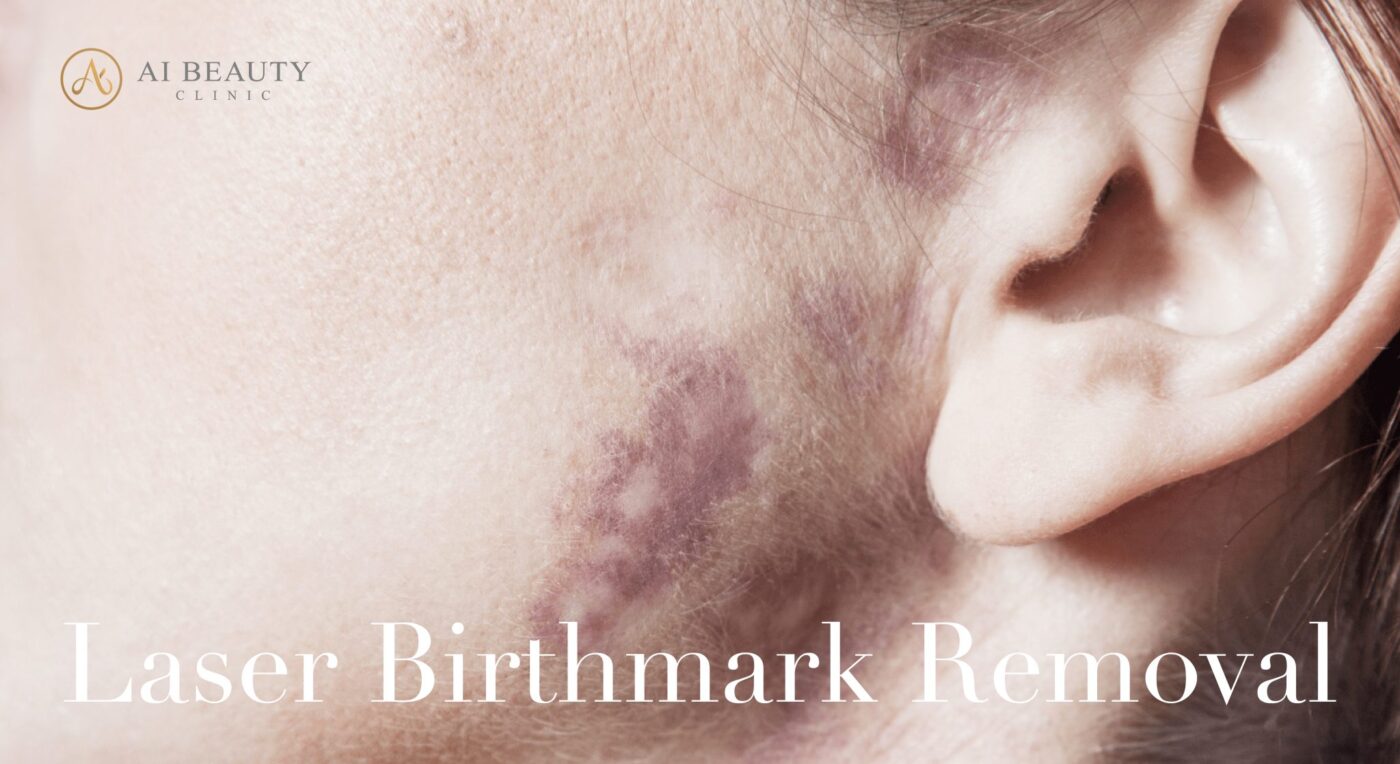Removal of Red Birthmarks
Birthmark is the mark on skin that is present at birth. Some people believe that red birthmarks are a symbol of good luck, but it actually makes them be less cautious on red birthmarks and can eventually lead to untreated health issues.
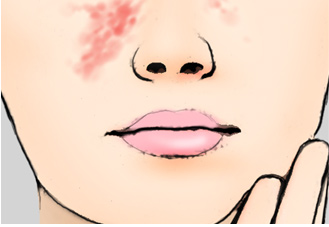
Red Birthmarks
Red birthmark is a commonly seen birthmark, also known as strawberry nevus and port-wine stain. It is a collection of dilated blood capillaries close to the skin surface and develops before or shortly after birth. Red birthmarks will not go away on their own and can develop into disease if they are left untreated.
Causes
The cause of red birthmarks is unknown. Some studies have shown that the skin at red birthmark has a significantly lower number of nerves than that of normal skin which leads to an excessive and abnormal development of blood vessels. On the other hand, histological studies have found that it is caused by structural weakness of the capillary wall, resulting in an excessive development of blood capillaries in the superficial dermis. The wall of the outgrowth vessel is composed of a single layer of endothelial cells without the hyperplasia (a cell proliferation process), therefore it has been categorised as hemangioma instead of hyperplasia (involves vascular endothelial cell hyperplasia).
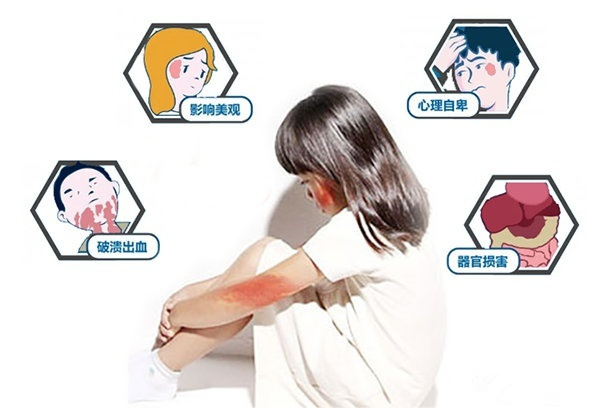
Symptoms
Red birthmarks are often dark red-, orange red- or dark purple-coloured skin markings, and appear in one of the forms below:

The first one is hemangioma, also known as strawberry mark. It is slightly raised and bright red.
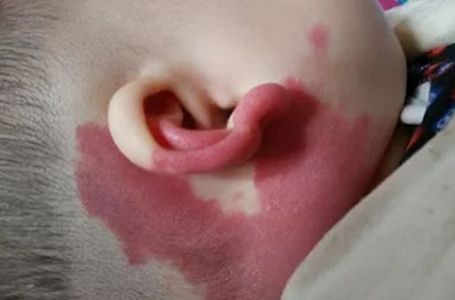
The second one is port-wine stains, it is flat and developed at birth.
Hemangioma tends to go away naturally, but it will need immediate medical attention if it appears in an oral cavity such as eyes, nose, mouth, etc. Port-wine stains, on the other hand, get worse with age, so they must be treated as soon as possible.
Affected People
Often shown on newborns and infants.
Treatment
Port-wine stains do not go away naturally, and without proper treatment, they may become thicker, darken and develop a ‘cobblestone’ appearance with raised bumps over time, damaging one’s appearance massively. If they happen at blood vessels in internal organs (such as cerebrovascular malformations) and have shown symptoms, it is recommended to see a doctor for a comprehensive examination.
A Laser Removal of Red Birthmarks
What is laser:
Thanks to the “selective photothermal” property of the Nd:YAG laser, red birthmarks can be removed effectively and accurately. During the treatment, upon laser emission haemoglobin instantly absorbs a large amount of laser energy and hence coagulates due to its thermal characteristics, turning into ferrihemoglobin. When the blood within the unwanted blood vessels coagulates and turns into ferrihemoglobin, they will then be reabsorbed and excreted out of the body through the lymph system. It is a highly selective process aiming to remove red birthmarks only, without causing harm to the surrounding skin tissue. Compared to removing birthmarks by surgery or electric current, lasers can achieve a safer and promising result.
Principle:
Apply long-pulsed Nd:YAG laser that can penetrate 5-6mm depth in the skin for a high performance treatment. Laser is able to penetrate deeply into the skin and generate thermal effects without harming the skin surface. Laser energy is distributed evenly in the skin and the pigment molecules have low thermal absorption, making the laser a safe option for clients with all skin shades. To reduce vascular birthmarks, lasers can be used to damage the excess/unwanted blood vessels by harming the haemoglobin at the birthmarks.
Procedure:
1. Face-to-face consultation: Develop unique treatment plan based on client’s condition and expectation.
2. Patch test: Perform a patch test 24 hrs prior to the treatment. Proceed with the treatment when no allergy or abnormal reaction is shown.
3. Preparation: Apply anaesthetics externally. Clean and disinfect the treatment areas. Put on safety goggles.
4. Laser treatment: Focus on the birthmark area, repeat steps at dark areas. Cooling effect from cold air outlets to cool down the skin surface.
5. Post-treatment: Apply aloe vera gel to soothe and calm down the treated areas.
6. Post-treatment caring,
Duration: 1-1.5 hrs
Who is it for:
- People with commonly seen red birthmarks;
- People who want to safely remove red birthmarks;
Red birthmarks are very common and mostly vascular lesions. They have various and complex classifications and different clinical conclusions. Although red birthmarks occasionally go away naturally, it is suggested to seek medical advice when you see them or have concerns, be aware of untruth rumours and false belief that red birthmarks will bring us luck!
Remove unwanted red birthmarks, come to Ai Beauty Clinic,
for safe and professional medical treatment.
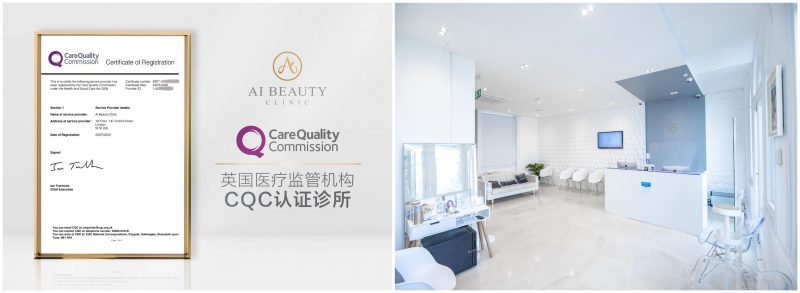
Ai Beauty Clinic is a CQC accredited clinic based in London, and also is strongly supported by Cynosure(the owner of Ulthreapy) and Cynosure (the owner of PicoSure).
With rich experience of treating clients of various conditions, led by a famous British medical chief trainer, practiced by doctors and nurses who are GMC/NMC-registered and worked in NHS national hospitals, Ai Beauty provides certified and safe medical beauty treatments.
Ai Beauty always puts safety first. Not only are all medical staff insured by independent medical policy, each client who comes to Ai Beauty Clinic is also insured by £5 millions medical insurance. This full insurance coverage allows clients to have a concern-free treatment experience.
Ai Beauty Clinic has served over 15,000 clients from all around the world, been covered by some famous media such as European Times and CW Television, and established trust and an excellent reputation among them.

